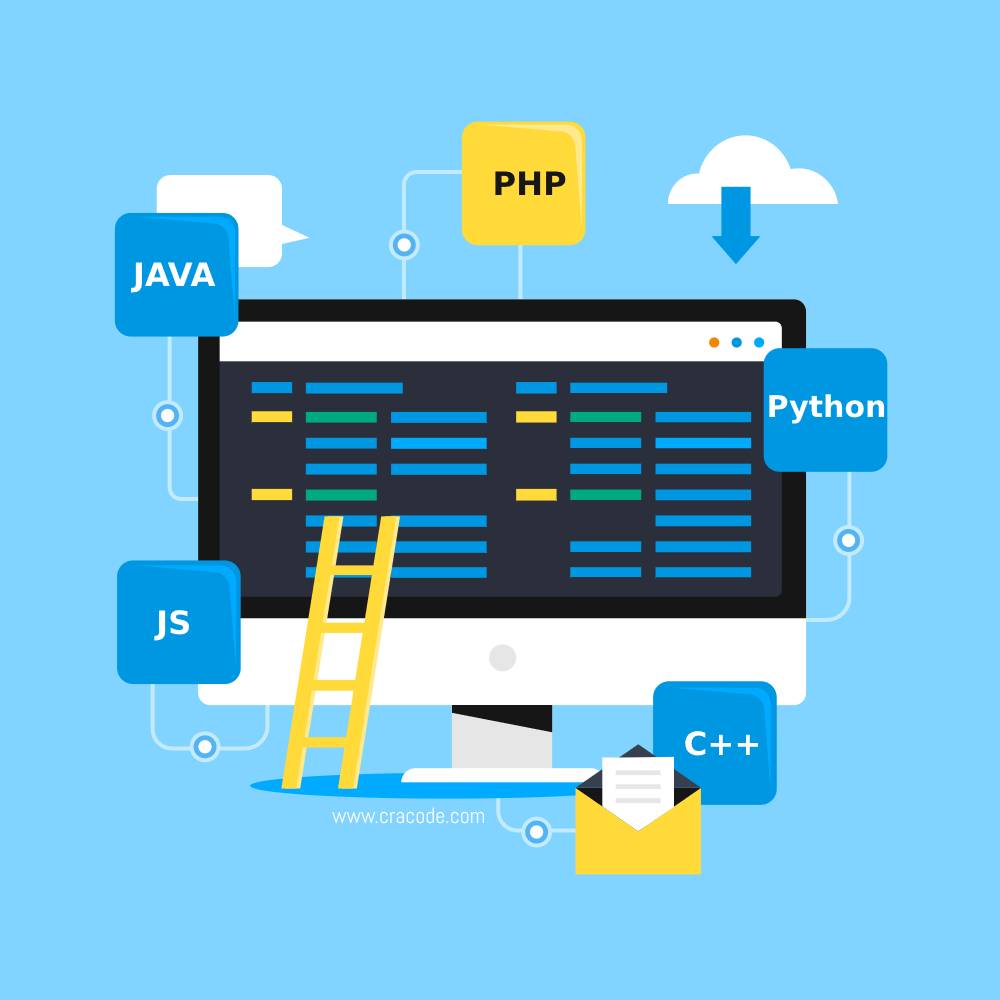As a web developer, you may have heard of various frameworks for developing web applications. In this blog post, we will take a closer look at three of the most popular web frameworks: Laravel (PHP), Spring (JAVA), and Django (PYTHON). We will compare each framework’s features and functionalities and discuss which is best suited for your needs. By the end of this article, you should have a better understanding of the differences between these frameworks and be able to choose the best one for your project.
Laravel
When it comes to web development, three frameworks are consistently among the most popular choices for developers: Laravel (PHP), Spring (JAVA), and Django (PYTHON). Each of these frameworks has its advantages and disadvantages, so it’s essential to understand them to make the right decision for your project.
The main benefits of Laravel are its speed, security, and flexibility. It’s fast to learn and set up, and it’s highly secure due to built-in features like encryption and authentication. The framework also offers a lot of flexibility when customizing the look and feel of an application.
The main benefit of Spring is its scalability. It can be easily scaled up or down depending on the size of the project. Additionally, it’s easy to deploy and maintain due to its automated configuration and dependency management.
Finally, there’s Django, a Python-based framework first released in 2005. Django is often praised for its speed, simplicity, and comprehensive library of features. It also has excellent security features and a robust community of developers who are always willing to help.
In conclusion, all three frameworks are excellent options for web development. Laravel is great for projects that need speed and scalability, while Spring is better for enterprise-level applications. And Django is perfect for those who want an easy-to-use but powerful framework. Ultimately, the best choice depends on the specific needs of your project.
Spring
When comparing PHP-based Laravel with Java-based Spring and Python-based Django, there are several factors to consider. Both frameworks have strengths and weaknesses, so deciding which one to use broadly depends on your needs and project requirements.
The most significant advantage of using Spring is that it offers developers a wide range of libraries and tools that make developing complex web applications much more accessible. It also has a thriving community of users who share helpful tips and insights when working with the framework.
Spring is an excellent choice for enterprise-level applications requiring a high-security level and scalability. Its comprehensive feature set and powerful tools make it an ideal option for projects that demand sophisticated features.
Django
When choosing a web framework for developing web applications, Django is a popular option for developers. It’s a Python-based framework that provides a whole stack of development tools, from an in-depth templating system to a comprehensive admin panel.
One of the main advantages of using Django is its object-relational mapper (ORM), which helps developers quickly and easily map database models to their application logic; This allows developers to quickly build web applications without writing large amounts of SQL code. It also helps with the development process by providing features such as built-in authentication, permission management, and version control.
Overall, Django is an excellent choice for web application development. It’s robust, reliable, and easy to use, making it suitable for experienced and novice developers.
Comparison between Laravel(PHP), Spring(JAVA) and Django(PYTHON)
When choosing a web development framework, the options can be overwhelming. With so many different frameworks available, deciding which is right for your project can take time. When it comes to server-side frameworks, two popular choices are Laravel (PHP), Spring (Java), and Django (Python).
Each of these frameworks has its strengths and weaknesses, so it’s essential to understand what makes each unique to make the best decision for your project. In this blog post, we’ll compare the three most popular frameworks, Laravel, Spring, and Django.
Let’s start with Laravel, a free, open-source PHP web development framework. It is designed to help developers create modern, robust web applications quickly and easily. Laravel’s primary focus is on simplicity and security, making it an ideal choice for projects requiring high safety and reliability.
On the other hand, Spring is a Java-based framework for developing enterprise applications. It provides comprehensive infrastructure support for developing, testing, and deploying enterprise applications. Spring also has a complete set of features that make it easier to develop applications quickly.
Finally, Django is a Python-based framework for web application development. It focuses on rapid growth and clean design, making it easy to create complex applications without sacrificing speed or scalability. Django also has a powerful object-relational mapper that simplifies data manipulation tasks.
In conclusion, each of these frameworks has its advantages and disadvantages. While Laravel offers simplicity and security, Spring is better suited for enterprise applications, and Django is ideal for rapid development. Ultimately, choosing the framework best fits your needs and requirements is essential.
Conclusion
It is easier to compare Laravel (PHP), Spring (JAVA), and Django (Python) by taking into account the specific needs of the project and its development team. Each language offers advantages, from scalability and performance to more detailed features such as database access, memory management, and code reusability. Additionally, frameworks like Laravel, Spring, and Django can help developers streamline their workflow and make the process of building an application much faster.
Ultimately, the best choice for a project depends on the goals and requirements of that project. PHP might be the best fit if a developer is looking for a general-purpose language. Java or Python might be the better option if a project requires high scalability and performance. And if a project needs quick development times and a lot of built-in features, then a framework like Laravel, Spring, or Django could be ideal.



